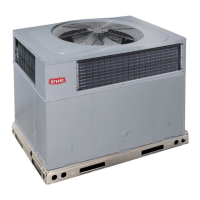
Do you have a question about the Bryant LEGACY 604D-A and is the answer not in the manual?
Essential safety precautions and warnings for handling the equipment.
Overview of the unit's design and intended installation.
Guidance on receiving, inspecting, and preparing the unit for installation.
Procedures for verifying unit model and serial number against shipping papers.
Instructions for checking the unit for shipping damage and filing claims.
Details on selecting and installing appropriate support structures like roof curbs or slabs.
Guidelines and warnings for safely rigging and positioning the unit.
Checks for rigging hardware before initial use and at monthly intervals.
Guidelines for selecting and installing ductwork according to industry standards.
Steps for modifying units from horizontal to vertical discharge configurations.
Instructions for properly draining condensate water from the unit.
Procedures for making safe and compliant electrical connections.
Detailed steps for connecting the unit's high-voltage power supply.
Guidance on making low-voltage connections for thermostat and controls.
Instructions for typical low-voltage wiring connections.
Specific electrical adjustments for units operating at 208V.
Information on installing optional electric heater accessories.
Pre-operational checks and safety procedures before starting the unit.
Procedures for initial unit operation and testing.
Verifying the proper functioning of cooling and heating control systems.
Steps to locate and repair any refrigerant leaks in the system.
Procedures for making necessary adjustments after initial unit start-up.
Guidance on checking and adjusting indoor airflow for optimal performance.
Methods for verifying and adjusting the unit's refrigerant charge.
Information on the unit's defrost modes and operation.
Details on the Quiet Shift feature for reducing defrost cycle noise.
Explanation of the defrost cycle initiation and termination.
Recommended periodic maintenance tasks for optimal performance.
Instructions for inspecting, cleaning, or replacing air filters.
Guidance on cleaning the indoor blower motor and wheel.
Procedures for inspecting and cleaning coils and the condensate drain.
Instructions for inspecting and cleaning the outdoor fan.
Annual inspection of electrical controls and wiring for tightness.
Annual inspection of refrigerant tubing connections for oil accumulation.
Information on the specific compressor design for Puron refrigerant.
Details on the refrigerant system, including oil and roof material compatibility.
Safety warnings and guidelines for handling Puron (R-410A) refrigerant.
Information on the POE oil used and precautions for handling.
Procedures to protect roofing materials from potential compressor oil damage.
Guidance on charging the system with Puron refrigerant.
Details on system components like pressure switches and defrost thermostat.
Explanation of the low-pressure switch function.
How to check the defrost thermostat's operation and temperature range.
Reference to troubleshooting charts and procedures.
A checklist to ensure all steps are completed before unit start-up.
List of optional accessories available for the economizer system.
Procedure for installing the vertical economizer on small chassis units.
Details on standard economizer sensors like OAT and SAT.
Information on the OAT sensor's function and operating range.
Details on the SAT sensor's location and temperature/resistance values.
How to configure the economizer for outdoor enthalpy changeover control.
Using two enthalpy sensors for differential enthalpy control.
Using IAQ sensors for demand-controlled ventilation.
Setting the exhaust fan operation based on damper position.
Adjusting the economizer damper for minimum outdoor air.
Procedure to prepare the economizer for troubleshooting.
Procedure to check the differential enthalpy control.
Procedure to check the single enthalpy control.
Checks for Demand Controlled Ventilation and Power Exhaust.
Checking the economizer damper's minimum and maximum positions.
Procedure to check the economizer's supply-air input.
Restoring the economizer to normal operation after troubleshooting.
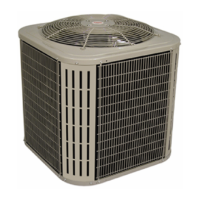
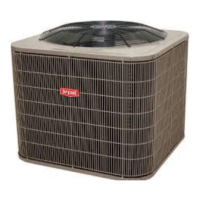
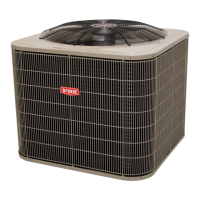
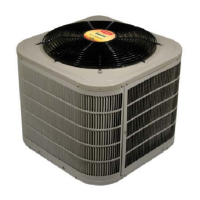
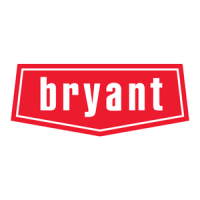




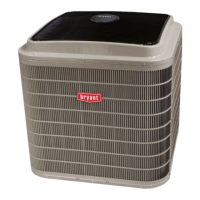


